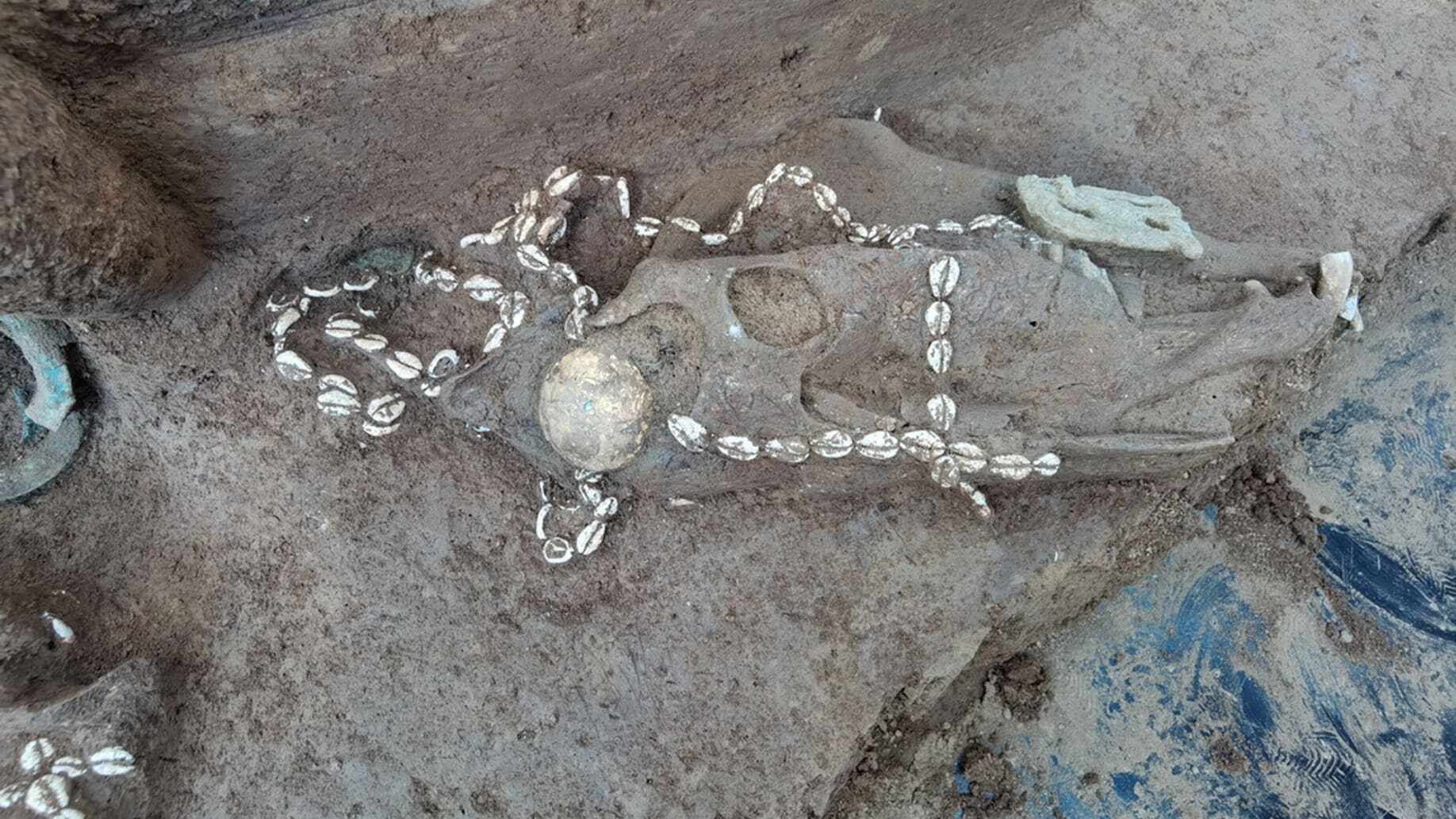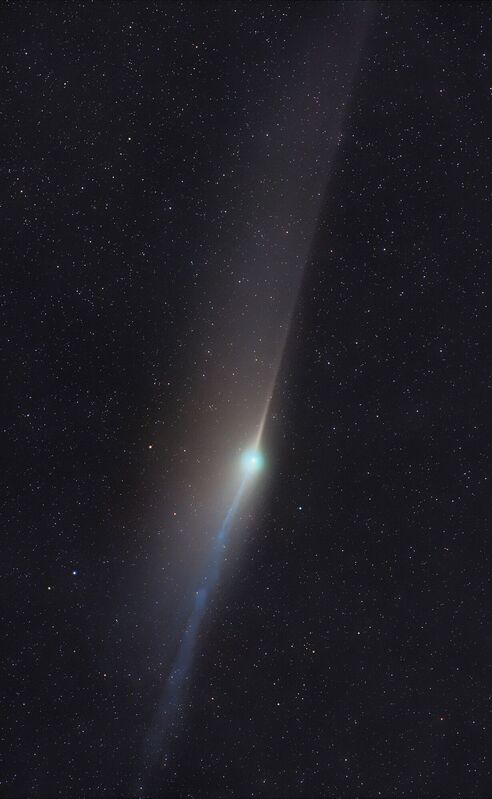The site in Anyang, Henan province, is thought to have been home to a clan named "Ce" during the Shang dynasty, said the Anyang Institute of Cultural Relics and Archaeology in a news release on Thursday.
The clan cemetery was found just 1.5 miles (2.4 kilometers) from the ancient capital of Yinxu, where the ruins of a palace and ancestral temple are located. The archaeological site contained 18 building foundations, 24 tombs, four horse and chariot pits, and a number of remarkably intact relics, including jade and stone items, and bronzeware inscribed with the character "Ce."

One of the site's largest tombs appeared to have been robbed, with only a few objects, such as pottery pieces, uncovered. But in other pits, archaeologists discovered tools made from bones and clam shells, as well as over 20 sets of bronze ritual vessels like goblets, cauldrons and "jue," which were used to serve warm wine during ceremonies.
Archaeologists also uncovered six carriages, as well as the remains of several horses and people believed to have been buried alive with some of the entombed bodies -- a common practice in the Shang dynasty, especially for those of high status such as royal family members. Many of the remains bore lavish decorations, suggesting the clan was wealthy. Some of the buried people were found wearing hats with shell strings, while horses' heads had been adorned with gold.

Other discoveries at the site -- such as steps in front of a building's foundation and the decorative remains of an inner wall -- provide clues to how Shang dynasty houses were constructed and designed, Kong added. Researchers believe the courtyards and tombs were built late into the dynasty, which ended in 1046 BC and ushered in China's Bronze Age. The cemetery was likely restored and reused many times, but was abandoned after the Shang were overthrown.
Researchers are still trying to ascertain the "Ce" clan's social status, how the community was structured and whether they had any relationship with the dynasty's royal family.




I shudder at the thought. Traditions be damned, that is cruel.